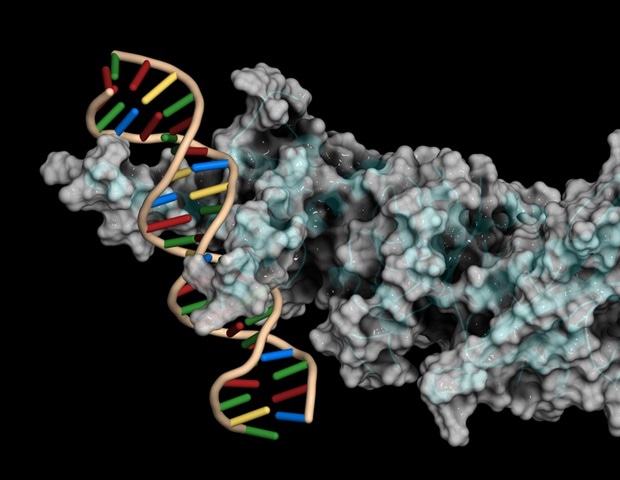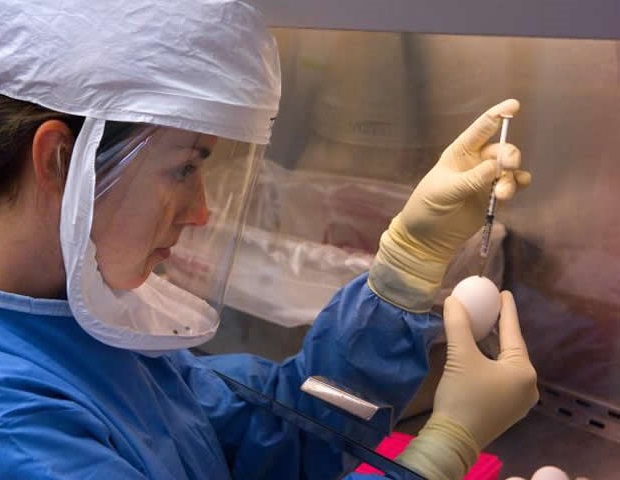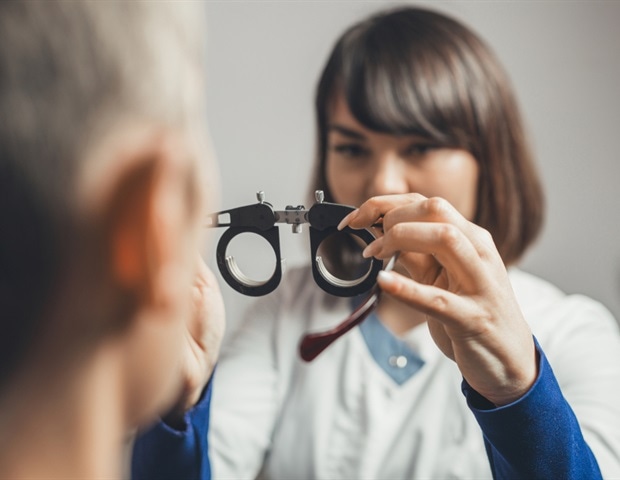
Tampere University has licensed a drug molecule intended for treating Epidermolysis Bullosa (EB), a group of rare and severe skin disorders, to Theravia, a pharmaceutical company headquartered in the Paris region of France. The licensing agreement includes extensive collaboration between Tampere University and Theravia to develop, register and commercialise the drug. Theravia will be responsible for further drug development and conducting clinical trials in EB patients.
Epidermolysis Bullosa (EB) is a general term for a group of rare, incurable and inherited skin disorders characterised by blistering, painful lesions on the skin and mucous membranes. The most severe forms of EB can be life-threatening, with affected newborns potentially having a life expectancy of less than one year.
“Pre-clinical studies have shown that our drug molecule is more effective than any previously tested molecule for this rare skin disorder,” says Professor Tero Järvinen from Tampere University.”Pre-clinical studies have shown that our drug molecule is more effective than any previously tested molecule for this rare skin disorder,” says Professor Tero Järvinen from Tampere University.
Based on the results of experimental disease models, both the US Food and Drug Administration (FDA) and the European Medicines Agency (EMA) have granted Orphan Drug (ODD) and Rare Pediatric Disease designations (RPDD) to the drug molecule.
Commercialization of the new molecule could save lives
The molecule was developed in the Laboratory of Regenerative Medicine, headed by Professor Tero Järvinen at Tampere University. The molecule is a recombinant fusion protein that was identified by screening billions of potential drug candidates. It comprises two mutually supportive functional units. The DecoDerma project, led by Professor Järvinen and funded by Business Finland from 2021 to 2023, kick started the efforts to commercialise this molecule.
“I am proud that the molecule we discovered has been licensed. This is the result of 20 years of systematic research efforts. We hope the product will eventually help treat EB, which can be fatal in infancy. Without Theravia, we could not have progressed any further in the drug development using only our academic resources. Theravia possesses both the necessary skills and financial resources to carry out the clinical development,” Järvinen says.
Theravia is especially enthusiastic about initiating this first scientific collaboration with Tampere University for the benefit of patients with Epidermolysis Bullosa. Professor Järvinen and his team’s discovery holds great promise for EB patients worldwide. At Theravia, we are committed to addressing rare and neglected diseases such as EB, described by Debra America as ‘the worst disease you’ve never heard of.'”
Franck Hamalian, CEO of Theravia
Multiple parties were vying to commercialize the molecule
Licensing on this scale is relatively rare at Tampere University. The University assists researchers in finding partners to bring their innovations to market. In this case, Tampere University was in a unique position, having received several offers to develop and commercialise the molecule.
“We chose the best offer based on financial considerations and the quality of the drug development strategy. Theravia’s size, dynamic growth and significant investments in developing treatments for rare diseases were also among the decisive factors,” says Juho Väisänen, Head of Innovation Services at Tampere University.
“We are eager to collaborate with academics who share our dedication to transforming the landscape of rare diseases, and we are deeply grateful to Tampere University for entrusting us on this project. By leveraging our expertise, we aim to make this new treatment widely accessible to EB patients,” says Franck Hamalian, “Over the years, our experience has equipped us with the necessary tools to ensure a successful launch, responding to unmet medical needs.”
“We encourage researchers to commercialize their findings, for example, through licensing or by starting a company. Commercialization is a key part of our University’s societal engagement and something we actively support,” says Jarmo Takala, Vice President for Stakeholder Relations and Partnerships at Tampere University.
Tampere University supports the commercialization of innovations
Licensing is only one of the ways to bring innovations to market. Tampere University’s Research and Innovation Services assist staff in moving forward with their ideas. Whether the plan is to launch a start-up, license an innovation or explore other commercialisation avenues, researchers play a central role because everything boils down to their research results and world-class expertise.
“There are many paths to bring ideas to market, but they all rely on researchers, while we offer support and specialist advice. We particularly encourage doctoral researchers to consider their future careers and whether their research includes innovative elements with commercial potential,” says Väisänen.
“Researchers are the driving force behind bringing innovations to market. Without their devotion and expertise, patients would have to rely solely on existing therapies. Identifying new drug candidates and commercialising them not only brings hope but also broadens treatment options, shifting the paradigm that rare diseases are neglected,” adds Franck Hamalian.







